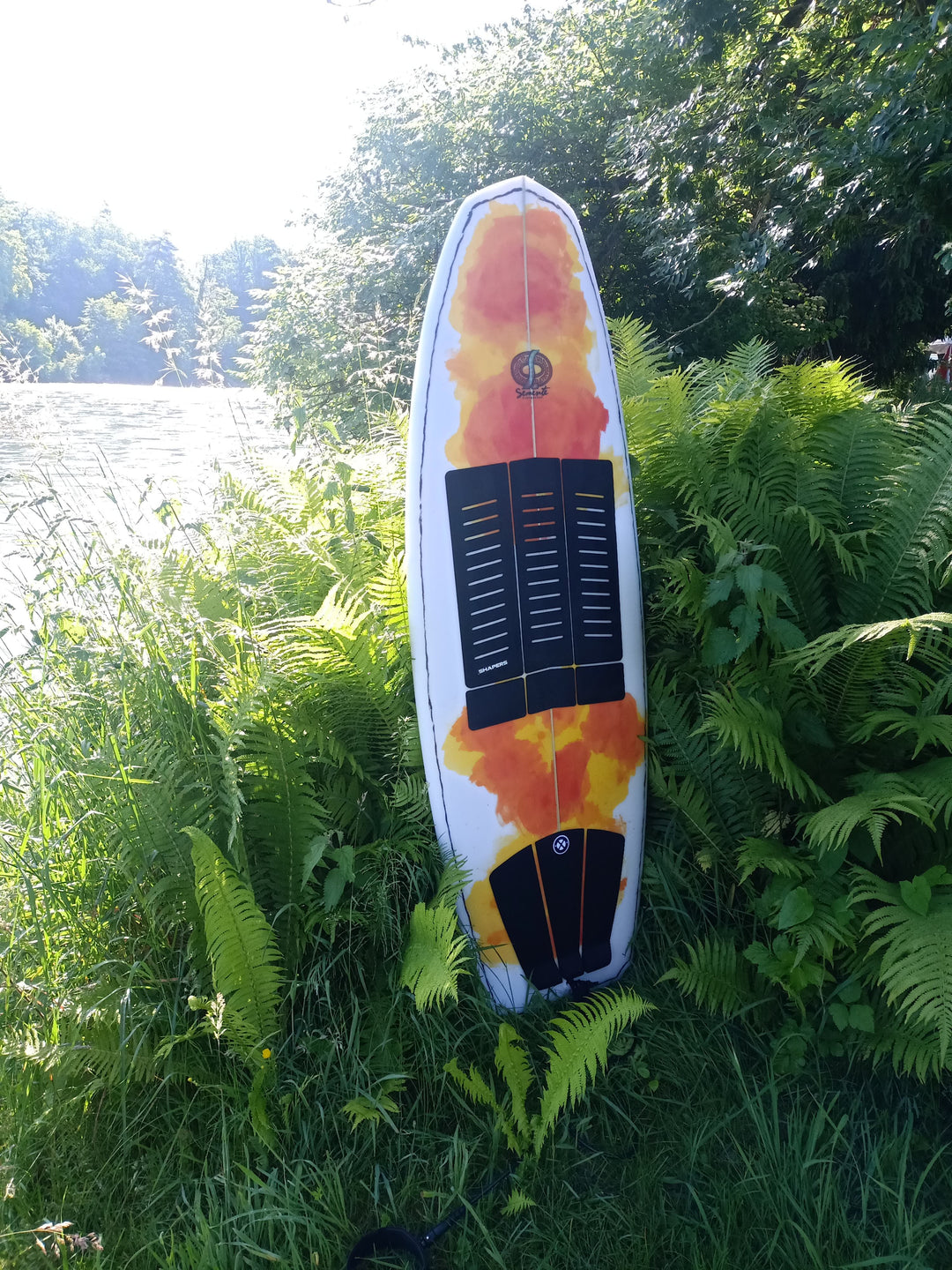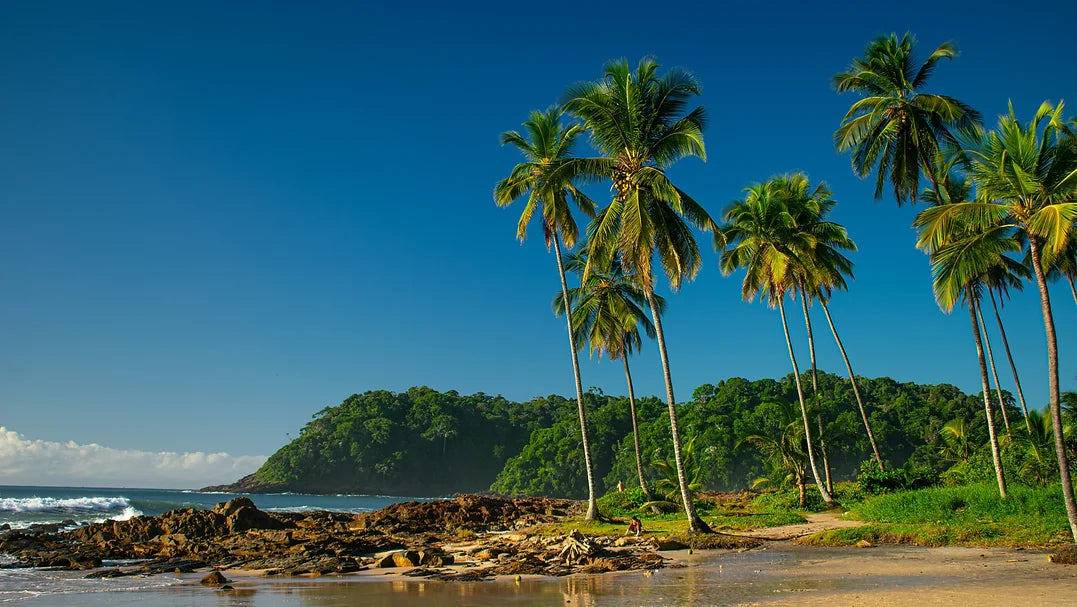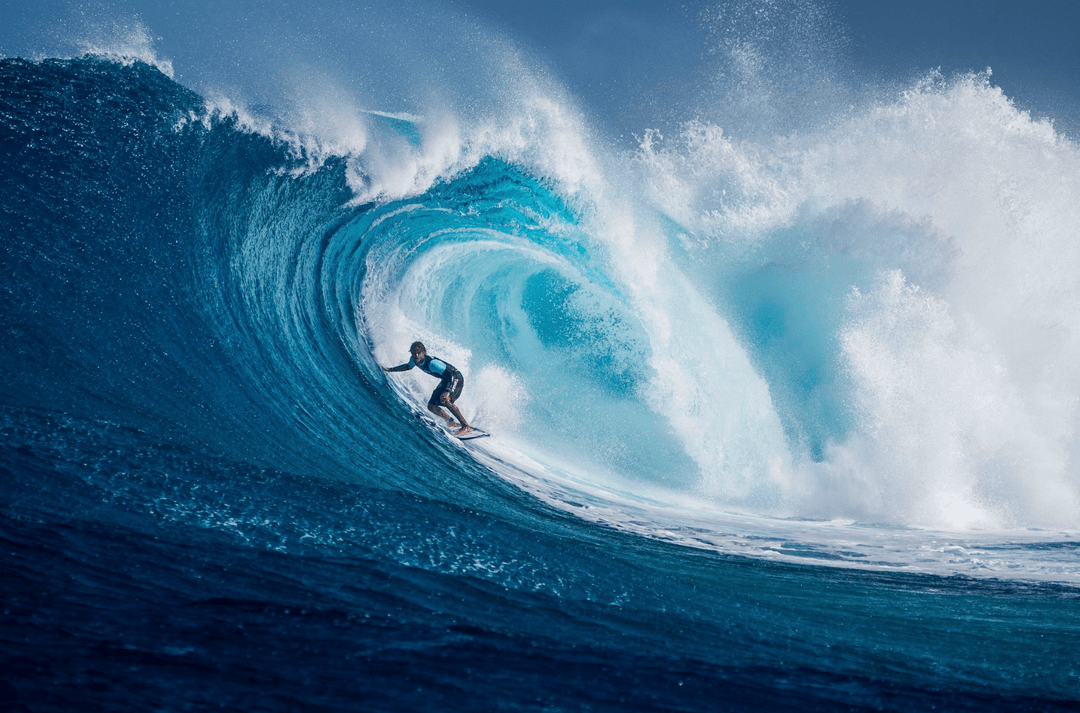Buying advice wetsuit
area of application of the suit
First of all, the question to be answered is what you need the wetsuit for. Depending on whether you need the suit for stand up paddling, swimming, kite surfing, diving or surfing/surfing, you have different demands on the wetsuit. Triathlon wetsuits have a smooth skin outer shell; so we are very supple in the water, but would tear open the smooth skin after 15 minutes of surfing. If you are not a competitive swimmer, you can actually do all sorts of sports with a surf suit.
With diving suits, the stretchability of the material doesn't really matter because you don't move as much underwater as you do when surfing.
Type of wetsuit
Generally speaking, one speaks of spring suits/shorties or full suits. The more skin is packed, the better the body is protected from the cold. Men's wetsuits are almost exclusively short-sleeve/short-leg (shorties) or long-sleeve/long-leg wetsuits. For women, there are all variations of cap sleeves, short sleeves or long sleeves with bikini cut, boyleg cut or normal short leg cuts for the shorts.
You can find a more detailed breakdown of the wetsuit types here: surfari.ch/pages/wetsuit
stretchability of the neoprene
When buying a new wetsuit, one of the things you look for is the stretchability of the wetsuit. A simple pull on the sleeve gives you an immediate indication of how stretchy the suit is. The main thing that matters is the shoulder area - where you do the most work. Especially if you compare the different wetsuits from the same brand, the more expensive wetsuits are made with the higher quality material and more elaborate seams/tapes.
Material / sustainability of the wetsuit
The vast majority of manufacturers have implemented the topic of sustainability in some form. Quiksilver/Roxy uses Limestome instead of neoprene, O'Neill uses recycled ocean plastic, Sooruz uses oyster shells as a basic ingredient etc. Overall they have done their homework and no matter which manufacturer you choose - if you end up donating the suit to someone else (e.g. at providetheslide.com ) you reduce the ecological footprint many times over.
thickness of the material

The wetsuit thickness such as 3/2mm, 4/3mm or 5/4/3mm describes the thickness of the material on the different parts of the body. The material on the legs and body is usually thicker than on the shoulders and arms. The manufacturers do this so that the suit is as warm as possible, but still very flexible.
Which thickness is the right one depends on the water temperature and various factors such as outside temperature, wind, personal sensitivity to cold, etc. For surfers we recommend a 3/2 for water temperatures between 14-19 degrees. This coincidentally covers roughly the Atlantic temperature range for the usual surfing destinations like France, Spain, Portugal, Morocco, Canary Islands etc for summer and fall. 4/3s cover around 10-16 degrees water temperature and for anything below 10 degrees we recommend buying 5/4mm or 5/3mm wetsuits - with or without an integrated hood.
Lining in the wetsuit

In addition to the basic material from which the wetsuit is made, they also differ in the lining that is built into the wetsuits. For example, Rip Curl offers the Flash Lining, which dries within 15 minutes. Billabong uses Graphene lining to reflect body heat and O'Neill uses Firewall to provide warmth. There are new innovations every year and the lining provides the extra warmth. When buying, we recommend that you make sure that the chest and back areas are additionally lined.
Zipper chest or back zip

Especially when surfing where you are really in/under water a lot, wetsuits with a chest zip are recommended. The zipper is detached from the entry opening and the water entry is therefore much smaller. In addition, the back is more elastic over the length, the stretch in the back zips is limited because of the back zip. Whether chest zip or completely without a zip (zip-free) is then almost irrelevant, it is more a preference of the surfer
Price for a wetsuit
In principle, women's and men's wetsuits are relatively similar and therefore equally expensive. You can find really simple wetsuits with seams that are water-permeable (and therefore hardly recommended) for 100-200 francs. As soon as the material and the workmanship are ok, a wetsuit costs between 250 and 350 CHF. For suits that offer the maximum stretch, you have to reckon with around 350-400 CHF and for the absolute high-end wetsuits you can also pay 400-550 CHF.
Here you will find an overview of the available women's fullsuits and men's fullsuits






